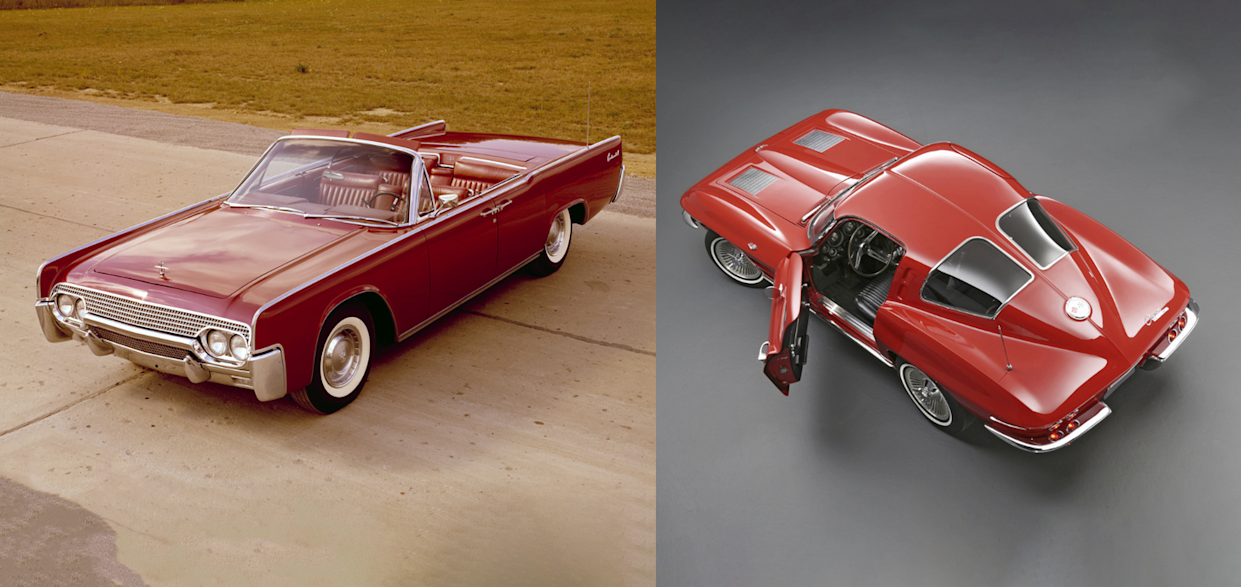
Whenever I see someone on YouTube or read a column about the “best,” “greatest,” or “most beautiful” automotive design, I admittedly bristle a bit.
It’s not that I necessarily disagree with their opinion. It’s just that I wonder what qualifies them to state one in the first place.
While automotive journalists may benefit from having driven numerous cars over the years that gives them some credibility when discussing driving dynamics or performance, generally there is nothing in their training or experience that legitimizes their opinion on design over any other interested person.
The difference, of course, is they have the platform, blog, or channel to express it.
So, it’s with some reluctance that I may be about to commit the same act of self-indulgence, despite having made my living designing cars, by calling out what were personally for me some of the most influential cars of the 1960s.
See, I just avoided those “best” and “greatest” terms.
To start, it’s hard to fully appreciate the impact of the 1961 Lincoln Continental without understanding the context of the time.
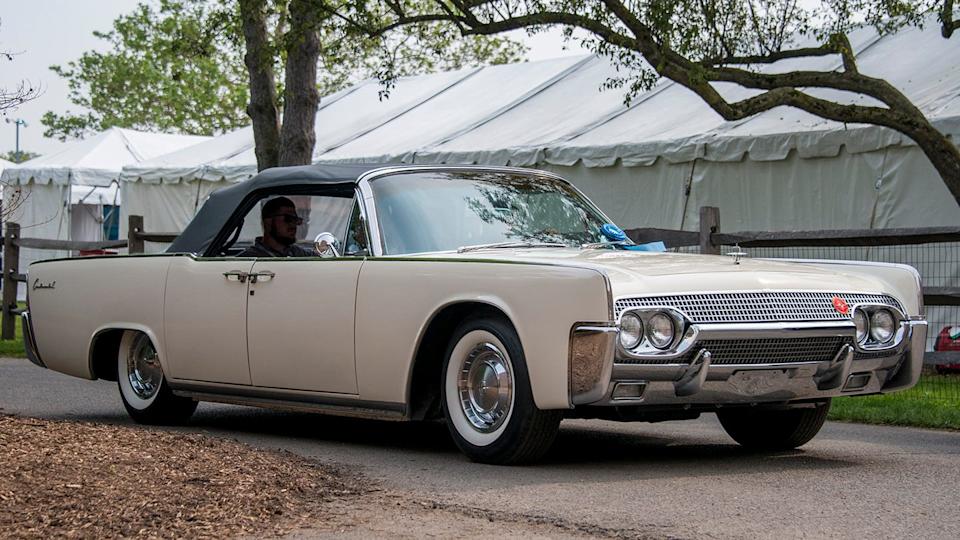
Cadillac was still embracing the jet-inspired fin motif, while the previous three years of Lincolns were ungainly, unsuccessful testimonies to the excess of the late ‘50s (and almost killed the brand).
The new car was just the opposite—more compact than before and being remarkably free of gratuitous lines or decoration. It was truly unique.
With distinctive blade-like fenders, curved side glass, and formal “C” pillars, the car had a self-confident, aristocratic presence that set it apart from its more flamboyant competition.
GM Design Reaches Its Zenith
This design would define Lincoln (and influence Imperial, Pontiac, and Cadillac) for the next decade.
The ‘60s would see General Motors Design reach its zenith, as the 1963 Chevrolet Corvette Sting Ray so clearly demonstrated.
The 1962 car was a facelifted version of the ‘58, and looking very old by then. The new Sting Ray felt like something from the future in comparison.
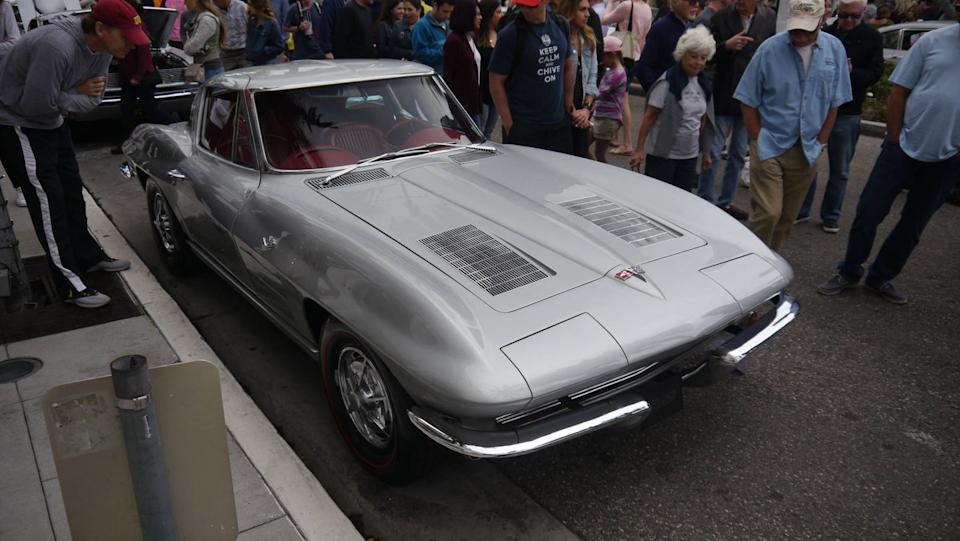
With the new coupe variant came the split rear window that would last one year—and looked so good despite blocking the rear view.
In the front was the first American car to have hidden headlamps in over 20 years, and they rotated into place—so cool! Even today, there’s something so right about these cars, the size and proportions.
Compared to today’s Corvette, the ‘63 isn’t overtly aggressive even with its muscular surfacing. At the time it seemed more purposefully functional despite the fake air extractors and dummy hood grille (later years would clean these up).
Sophisticated 1965 Corvair
For me, this generation of Corvette is the iconic one, and though future generations are better cars, none look quite as good.
The 1965 Chevrolet Corvair may come as a surprise to some, as it did to me. This was a car I came to appreciate later in my career, not so much at the time it was introduced.
Arguably less influential than the first generation, the new for ‘65 car was sophisticated in its almost Italian-like flair, especially the coupe.
Despite being an entry-level car, these were prime examples of GM design’s mastery of clean, carefully executed surfaces.
With a longer rear overhang than the previous generation, the proportions may not have been as balanced or as fashionable given the introduction of the long-hood, short-deck Ford Mustang (it was, after all, rear-engined).
Still, these Corvairs don’t get the attention they deserve, being deceptively simple at first glance. But look again, and you’ll find one of the ‘60s jewels.
Big, Indulgent, ‘Personal Luxury’ Cars
The 1966 Buick Riviera, 1966 Oldsmobile Toronado, and 1967 Cadillac Eldorado, GM’s E Bodies, for me, are the best of the period for American design.
These were indulgent, large “personal luxury” vehicles with comparatively little interior space given their size, but that wasn’t their mission.
Styling was, with each car visually striking and making a strong statement but clearly different from the others.
The Toronado was perhaps the most design forward, with its fastback profile, smooth rear quarter, enormous wheel flairs, and sharp front fenders. There was nothing quite like it on the road at the time despite sharing architecture.
The Riviera, now in its second generation, was distinguished by its dramatic front and rear plan views, almost forming a “W” when viewed from above.
It too was a fastback coupe, sharing the windshield and backlight with the Toronado. But while that car was all new, the Riviera successfully evolved the first-generation’s design character in a fresh and contemporary way.
Mustang ‘Simply Didn’t Make an Impression’
The Eldorado was perhaps the most distinctive of the three. At the time, if you bought a Cadillac, it was a body style variant off of just one design.
The new Eldorado was not only the most elegant of the “E” bodies with its formal upper with bent rear glass, “chicken wing” knife edge rear fenders, and beautifully surfaced rear deck and hood, it was also by default the sportiest Cadillac you could buy. It still stands as one of the best Cadillac designs of any era.
Some may wonder why I haven’t included the 1964 Ford Mustang, which was significant in launching the pony-car period and a strong design as well.
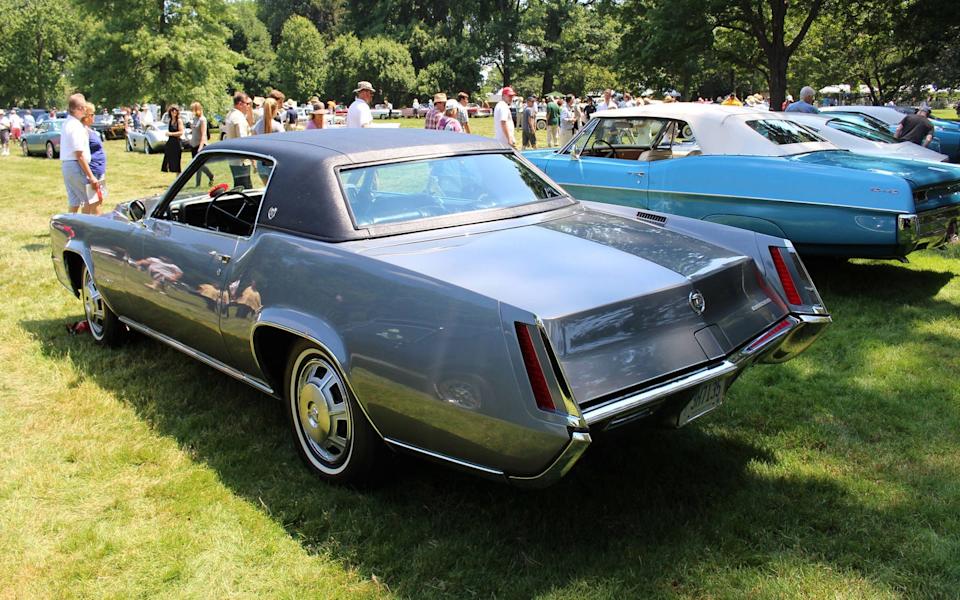
But as this is a very personal assessment, the Mustang, as important as it was, simply didn’t make an impression on me as a design as much as the others.
You may also notice that the majority of these designs are from GM. Again, I’m guilty of being highly biased because these were the cars that inspired me to be, not coincidently, a GM designer.
Also, GM at this time really did set the standard for American automotive design.
And what about non-American design?
Ah, that’s another story, more to come…
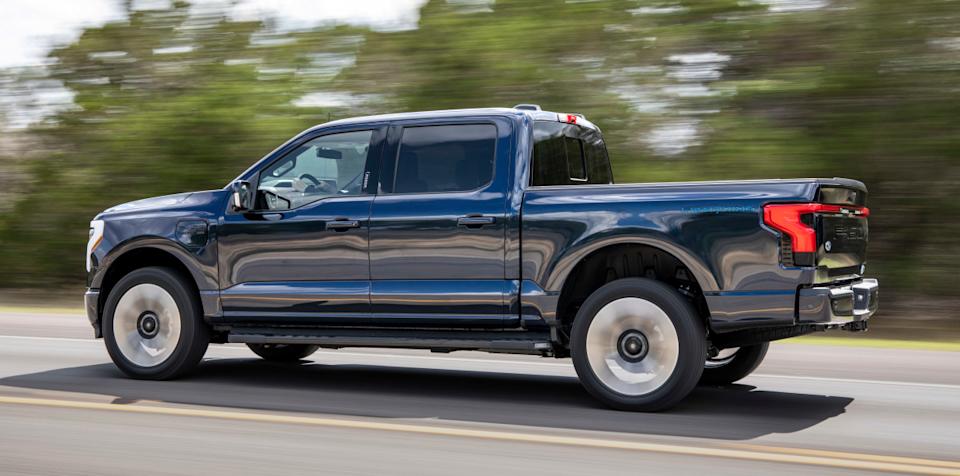

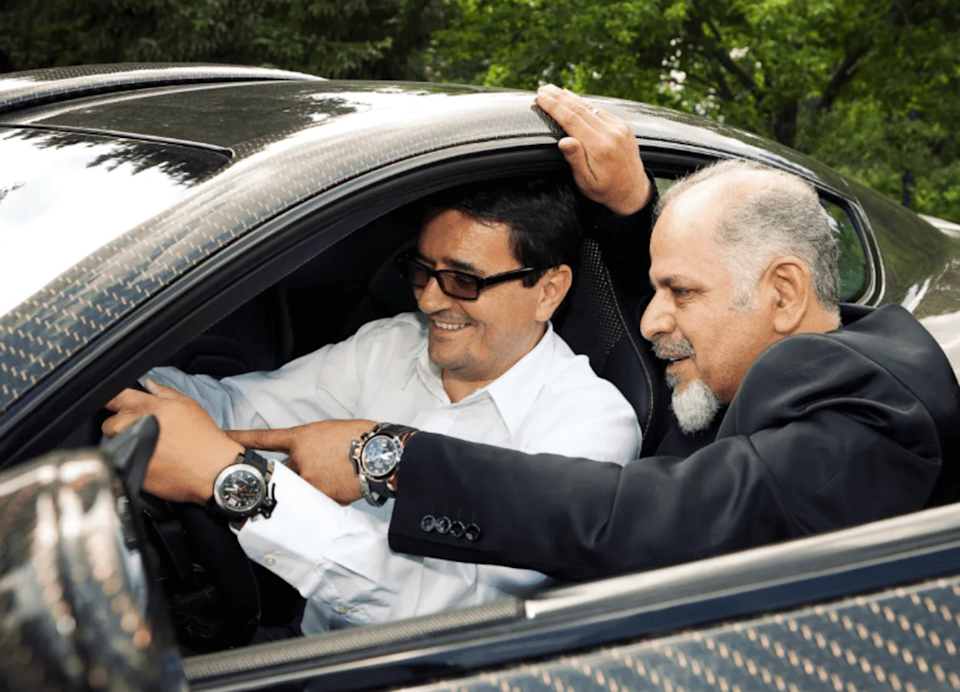


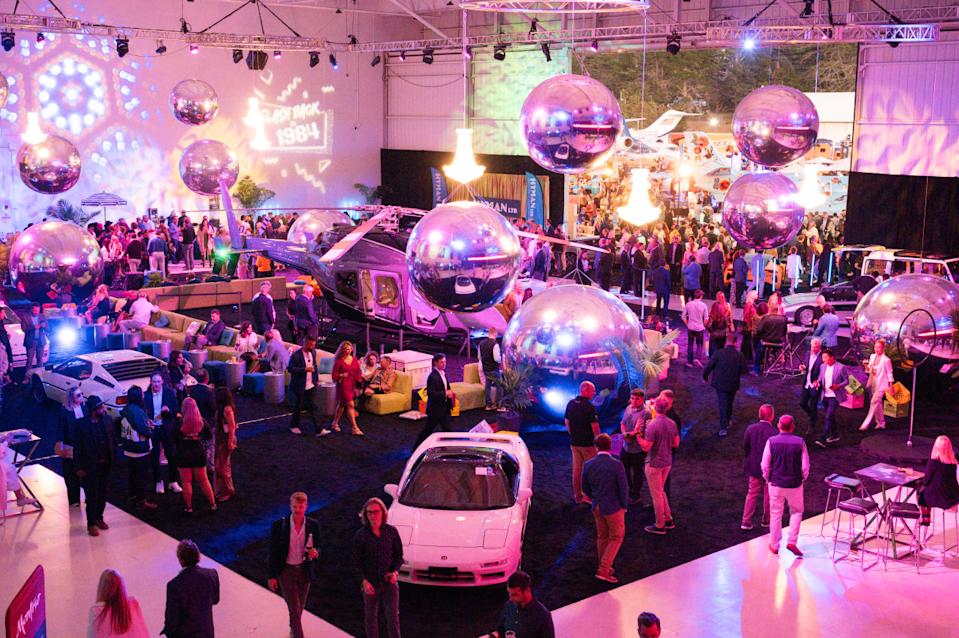
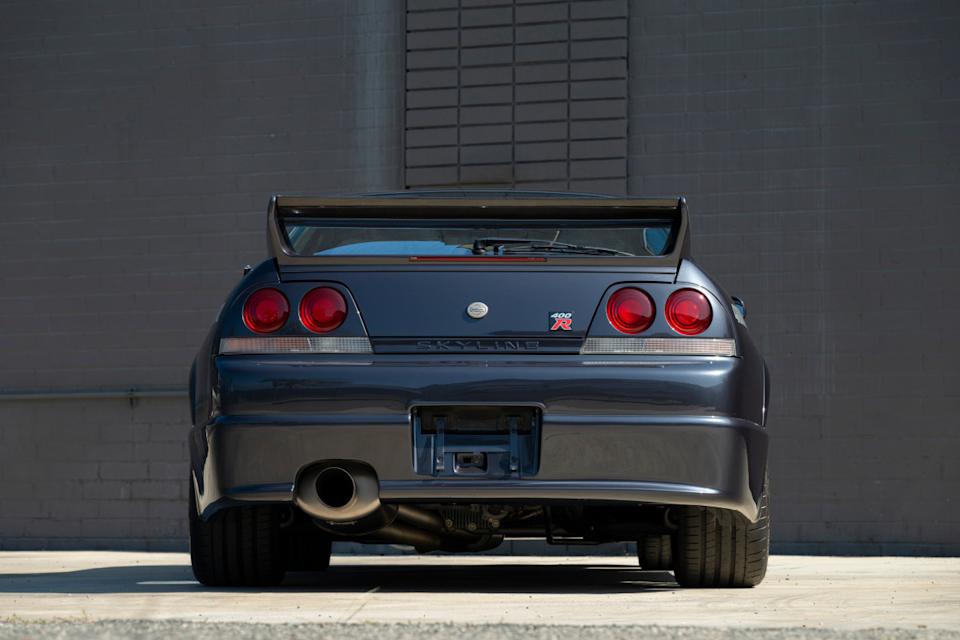
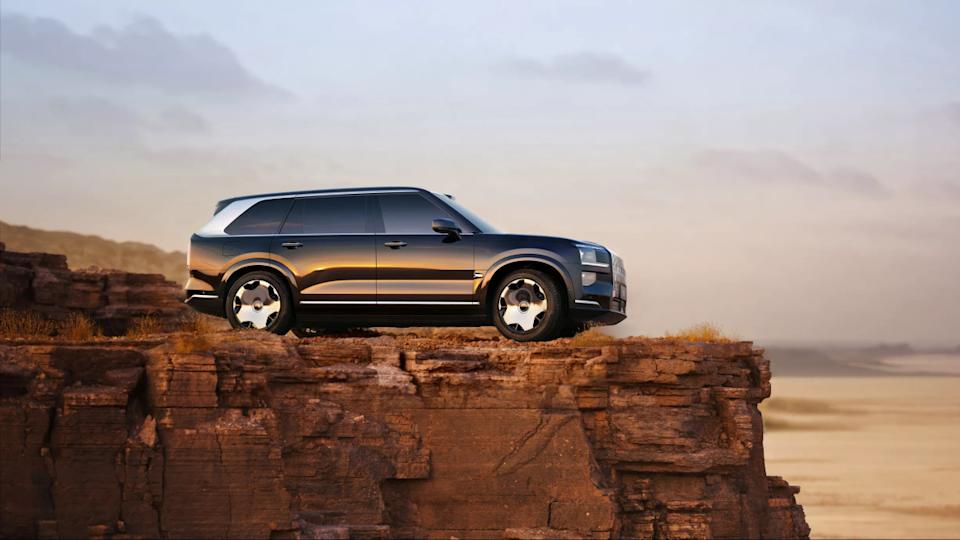
Comments